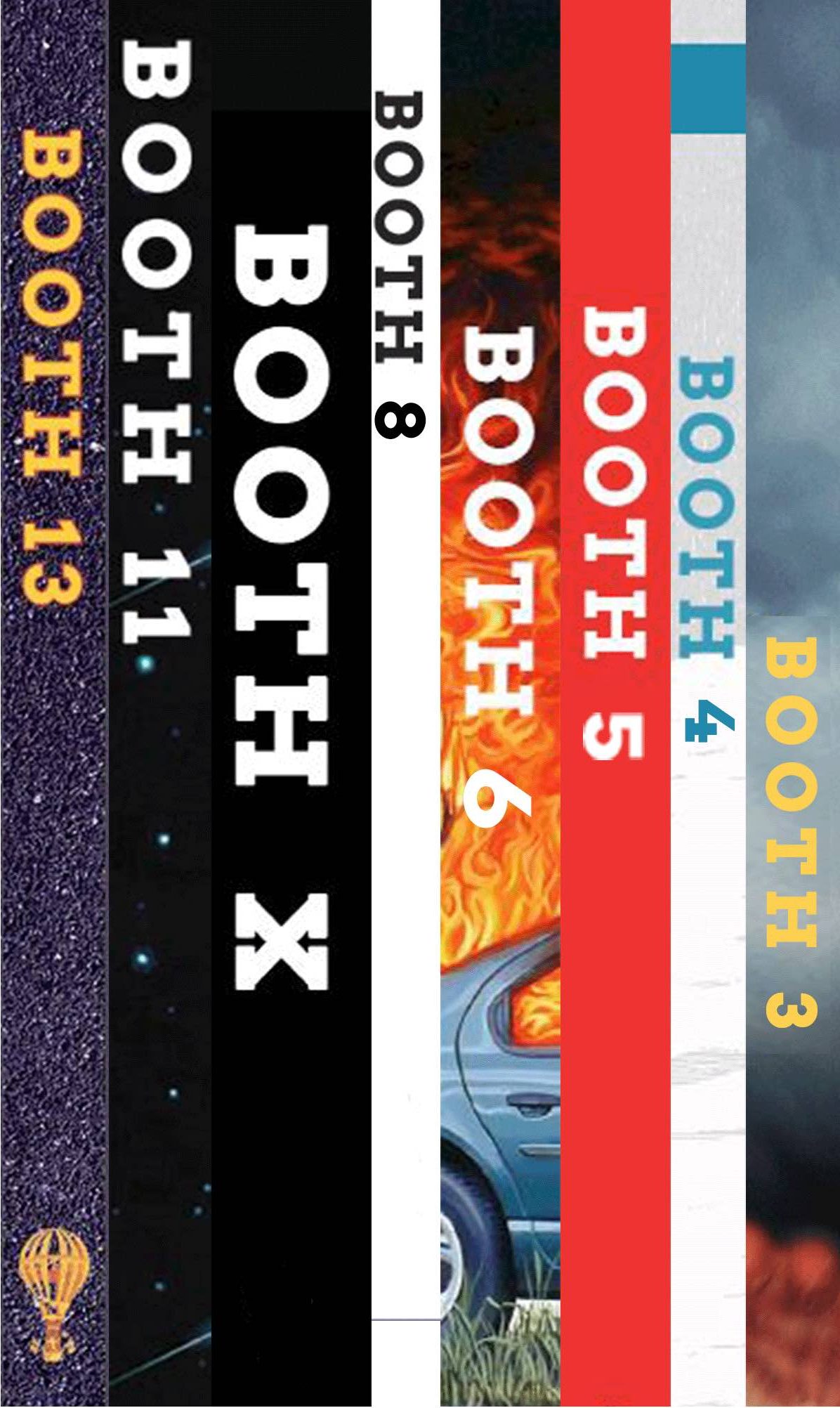Fiction by Kevin Wilson
“There is no form of entertainment whose details are so generally interesting.”—The Home Manual by Mrs. John A. Logan
The groom had been in a coma for almost a year. The bride was, the guests speculated, a feral spirit. And, yet, everything had gone according to the accepted practices of this day and age.
After the engagement had been announced, the groom’s family, who had been in deep mourning for the impairment of their only son, welcomed the bride into their home. The bride, her teeth like the shrapnel of a great devastation, bit off the thumb of the groom’s youngest sister before tea had even been served. The family managed to staunch the bleeding but never recovered the thumb. The sister never married, and the family could not deny that the resulting scarred nub played some part in that outcome.
The bride wore a flat gold band, an acceptable engagement ring, though the groom’s family was never sure if the ring had been selected by the groom, perhaps in the days before he was smashed nearly flat by a falling tree in the woods near his estate, or if the bride had found it just beneath the grates of a sewage drain or in the nest of a large bird. It was, the etiquette manual informed them, impolite to ask about the provenance of an engagement ring.
The bride received, in the weeks leading up to the wedding, various gifts from her groom. A camel’s hair shawl; a photo of the groom, dressed in military finery, framed in ivory; a piece of china painted by the hand of a friend; several odd bits of furniture. The bride received these gifts without emotion, but worried her tiny hands over the objects for hours at a time. The groom’s family could not ascertain how, in his state, the groom had set forth instructions for the purchase and delivery of these items. To ask the bride was, they knew without consulting the etiquette manual, not encouraged.
After the invitations were issued, the bride locked all doors and windows to her home and was not to be seen again until the wedding, as custom, you well know, suggests. Now, alone with their son and brother, the groom’s family used several methods of unconventional communication to decipher how, exactly, the groom had met his bride to be. After several failed experiments, they managed to translate the beating of his heart into Morse code and discovered, they believed, that the two had meet hundreds of years ago, at the center of the earth, where all things are made of the same essential elements and only upon being exposed to the atmosphere of this world are shaped into the forms we know them to be. This theory, the oldest sister learned from the teachings of Dr. Abner Perry, is referred to as the Pellucidar Theory. This story, the groom’s parents were reluctant to admit, seemed to fit perfectly with the beliefs and interests of their son, who made his living writing fantastical stories of adventure for magazines, before he was incapacitated by the natural world.
The wedding was sparsely attended, no representatives of the bride’s friends or family. The manual had advised that the church be decorated with the largesse of foliage and blossoms nature offers, but the bride had insisted upon sharpened sticks, both ends shaved to violence, stacked against the altar as if in preparation for a Viking invasion. The groom was wrapped in a black sheet, his pale face unresponsive to the events occurring around him. He looked, in his mother’s view, to be an oyster shell, cracked open and spilling out what would never have become a pearl. The bride was dressed in a single piece of white fabric, dotted with drops of blood, and a pair of gloves, the material of the ring finger cut away. The oldest sister, now finding herself slightly in love with the bride, the ferocious way that she claimed ownership of her vegetative brother, the way her love demanded acknowledgement, translated the groom’s heartbeat in response to the clergyman’s questions and instructions. Every single heartbeat seemed to say, the sister believed, IdoIdoIdoIdoIdo, and she pressed the cold metal of the stethoscope to her brother’s pale chest. When the wedding had ended and she removed the stethoscope from his skin, a perfect, purple bruise had formed, which the bride, for days afterward, would paw at with great interest.
The wedding cake had been, as is the fashion of this time, boxed and wrapped in ribbon for each guest as they exited the church. The youngest sister, her missing thumb throbbing and still occasionally weeping blood, ate a piece and cracked her tooth on a decorative pearl. She swallowed the large sliver of tooth and it could not be recovered. The oldest sister, heartsick to watch the bride drag, with great effort, the groom down the aisle and into the waiting carriage, held a pair of satin slippers and could not be induced to throw them, even hours after the bride and groom had disappeared from view, never to be seen again by any member of the family.
The groom’s parents, though disheartened to admit it, were relieved to never see their son or his bride again. There was an address, left by the bride, though it connected to no spot on the map that anyone in the postal service could discover. Nevertheless, as the manual consulted, they sent a gift each anniversary to the happy couple—Paper, Leather, Straw, Wool, Pearl, Coral, Bronze—until they imagined their son and his beloved, perhaps with children of their own, had filled the rooms of their house with a finery that no child could have expected, hundreds of years ago when they were first born, to ever possess.



